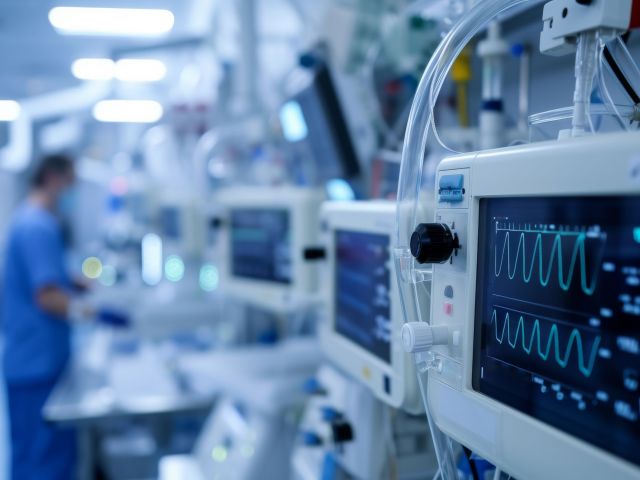
Insight by: Dave Whelan
As I write this, I’ve just gotten home from San Diego and the first in-person BIO International Convention since 2019. (Yes, these days, it does seem like I am always returning from some sort of conference, a sure sign that the world is getting back to normal!) It was great to be back together, connecting and reconnecting with leaders like BIO’s Michelle McMurry-Heath, CLS’s Mike Guerra, Biocom’s Joe Panetta, and, of course, Bench’s DeeDee DeMan.
I spent much of my time in the California Pavilion, where BioscienceLA had a booth, along with CLS, Biocom, and a host of California-based organizations like Larta Institute and Cedars-Sinai. Our California Pavilion team planned the pavilion experience for months, thinking about placement, size, signage, traffic flow, and more, all with intent to bring together old and new partners. We were working with a limited budget, but we wanted to make this an unforgettable experience, one that would create lasting connections.
One innovative and useful strategy that we employed was a Hollywood-scale “lights, camera, action” approach to video interviews with our BioscienceLA.TV team. The team recently completed some on-location launch interviews for Charles River Labs in Thousand Oaks, CA, and they were ready for more. Our production team shot two days of interviews with industry leaders in the California Pavilion, with yours truly serving as the host. We had designed an experience that would build long-lasting connections. On top of that, I had a hunch that our Hollywood experience would draw attention to the pavilion. That it did, but the pavilion was memorable for another reason.
Just weeks before BIO, I had invited Brinter to join the California Pavilion. Brinter (brinter.com) is a Finnish company that has recently launched its US headquarter in Los Angeles, where it has been conducting product demos at BioscienceLA. Its technology simply must be seen to be believed. Brinter has developed an innovative 3D bioprinter, which today can be used to produce tumor models and formulate drugs, but tomorrow could be used to print organoids and eventually replacement organs. Brinter was the perfect addition to the California Pavilion, with an offering at the intersection of hardware, software, and wetware. It was also the perfect addition because of its “curb appeal.” Whether people were coming to the pavilion for the BioscienceLA.TV set or Brinter’s bioprinter, they were coming for an experience, which we were delivering.
As I watched the Brinter team demo its bioprinter, I was reminded just how different medtech products are from biopharma products. Of course, there are many parallels, from regulatory frameworks to reimbursement models, from product testing to product delivery. There are even recent examples of digital therapeutics than can complement or replace biotherapeutics. However, at the core, medtech and digital health products are just that – products – with user interfaces, with user experiences, with buttons and displays. That’s where design comes into play again, and it was clear to every visitor to the California Pavilion that Brinter has invested significant resources into the design of its bioprinter.
Good design is something that makes products approachable and usable. It makes us feel good. It makes products last. Think about the Sony Walkman or the iPhone. Those are timeless, and we might still be using the former were it not for the latter. Good design also can make products safer, something that is critical in the healthcare world.
One of the gurus of product design is Dieter Rams, who was for many years the head of design for Germany’s Braun. Chances are you have used a Braun razor, radio, or calculator designed by Rams. Even if you have not, there is a very good chance you have used one of the many Apple products designed by Jonathan Ive, who was inspired by Rams’ work. In fact, the iOS calculator is an homage to Rams.
Rams may be just as famous for his ten principles for good design, which are described in some detail at https://www.vitsoe.com/gb/about/good-design, but summarized here:
- Good design is innovative
- Good design makes a product useful
- Good design is aesthetic
- Good design helps us to understand a product
- Good design is unobtrusive
- Good design is honest
- Good design is long-lasting
- Good design is consequent to the last detail
- Good design is concerned with the environment
- Good design is as little design as possible
Not all of these apply in all situations, but I challenge leaders in medtech, in digital health, even in biotech, to consider these when developing products, when developing solution, even when developing experiences for physicians, for patients, and for consumers. And I encourage all of you to look for examples of design the next time you walk through a tradeshow and wonder why something in the California Pavilion is catching your eye.





